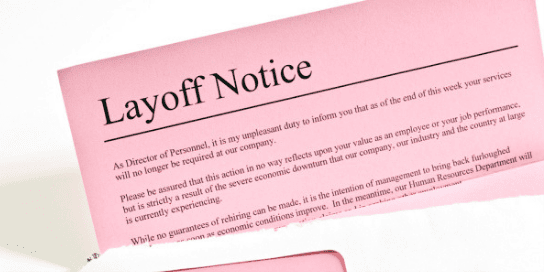<
Here’s the problem though: disclosures don’t equal anyone understanding what they are selling or getting sold.
Let’s be real, you wouldn’t read this, and neither will your brother, sister, mom, dad, neighbor, or boss that gets sold it.
Product disclosures usually get dreamed-up by a team of attorneys that may be ex-regulators, and they intimately know what can be said verbatim to the letter of the law.
Listen up…
The problem – What they don’t tell you verbally
(1) You could build this product yourself, I’m not suggesting you do; please don’t! This is not advice, if you blow yourself up, it’s on you.
From the disclosure: “Investing in the CDs involves risks, including the risk that you will receive no more than the full principal amount of your CDs at maturity.”
You could buy Treasury STRIPS maturing in five years at a discount, and take the difference in the purchase price and the maturity of the bond (bought at a discount to par) to buy call options that mature at the same time the bond does.
For example: Using $100,000. Frank buys a Treasury STRIP bond (no coupon) maturing in February 2023; let’s say the bond is trading for $87,500, he buys the bond, and takes the remaining amount: $12,500 and buys call options on the S&P 500 that mature in February 2023.
If the market tanks, and call options never go “in-the-money,” and he loses the premium, he still gets his $100,000 back when the STRIP matures.
(These are easy numbers and do not reflect frictions of the trade: market-ups, actual lot sizes, bid/ask spreads, commissions, etc.).
(2) No dividend for you, the index returns usually don’t include dividends in the returns; reinvesting and compounding dividends can make up a significant amount of the return in an underlying index.
From the disclosure: “The dividend rate on the equity securities held by a Basket Constituent (while not paid to holders of the CDs)…”
From February 2008 to February 2018, over 2% additionally came from reinvesting dividends back into the S&P 500 using this calculator.
Said another way, the index return with dividends reinvested was 1.3X greater than without dividends.
(3) Who doesn’t get a fee?
“From the disclosure: “The original issue price of the CDs includes the agent’s commission, commissions of affiliates (Eric Note: who they work for) of the agent and the cost of hedging our obligations under the CDs.
The investment bank, up-front commissions to the broker, and hedging costs can be significant.
Your first statement will most likely be red (you’ll start with a loss), to cover the advisor commission.
(4) Performance is not performance, even if the market is rallying there may still be red on your statement.
From the disclosure, “The actual performance…over the term of the CDs, as well as the amount payable at maturity, may bear little relation to the historical performance of such Basket Constituent.”
I interpret that to mean that whatever the CD is “tracking” for performance could have a positive return while your CD may have a negative return.
(5) Watch-out for these CDs in rising interest rate environments.
This applies if you build this bad-boy yourself too. Don’t!
After looking under the hood of doing this yourself, you’ll notice that you’ve got a ton of duration (interest rate risk) due to issuers exposure to the STRIP.
In products like these (STRIPS and options), If rates rise, even if the market rallies, your most likely seeing red () on your statements. That’s because the underlying STRIP bond that makes up most of the product value has declined in value with the interest rate increase, even if the small piece of the options are in-the-money.
Yes, if you hold the product to maturity you’re supposed to get back your principal. See (1).
(6) Guess who prices the shares, and buys shares if you need out before maturity?
The market? Nope, the investment bank you bought it from. That seems strange. It’s disclosed. Don’t worry you read it.
From the disclosure: “The price, if any, at which ‘The Bank’ will be willing to purchase CDs from you in secondary market transactions, if at all, will likely be lower than the original issue price. In addition, any such prices may differ from values determined by pricing models used by ‘The Bank,’ as a result of such compensation or other transaction costs.
That means they make money on you again if you sell it back; if they will even let you; the investment bank becomes the market.
What to do If you got sold
(1) Get out. Maybe.
Some firms have rescission periods to cancel the paperwork (maybe 5 to 10 days), and you can get your initial investment back. Start here.
But. It’s probably too late…
(2) Price it
What’s it cost to bail on the product? If you are early in the maturity of the CD, and interest rates have risen after you purchased the product, it’s less clear-cut.
It may make sense to get help here to understand your options.
Don’t get sold.
If you get sold something you don’t understand, pitched something, or have questions and need competent, objective advice contact me.
You need someone watching your back you trust:
Wantabee financial advisor commission junkies be dammed, or shamed, market-linked CDs will still get sold, you just won’t.






